Ear Surgery
Eye Surgery
Orthopedic Surgery
Soft Tissue Surgery
- Caudectomy Treatment
- Cholecystectomy (Gallbladder Removal)
- Brachycephalic Obstructive Airway Surgery
- Cystotomy Surgical Procedure
- Diaphragmatic Hernia Repair
- Gastric Dilatation-Volvulus (GDV)
- Treat recessed vulva with Episioplasty
- GI Foreign Body Removal
- Mass / Tumor Removal in Pets
- Surgical procedure of cystotomy and Urethrostomy
- Liver Shunt - Constrictor Ring Application Procedure
- GDV Correction with Gastropexy Surgical Procedure
- Mastectomy surgical procedure
- Nephrectomy surgical procedure
- Partial Thyroidectomy Surgical Procedure
- Parathyroidectomy surgical procedure
- Everything You Must Know About The Perineal Hernia Surgery
- The Perineal Hernia Surgery With Diverticulum In Dogs
- Prepuceplasty: A Detailed Insights Into Treatment and Complications
- Pyometra Surgery For The Female Dogs
- A Comprehensive Analysis Of Sialocele Surgical Procedure
- Urethrostomy – Prevention of a life-threatening condition
- Anal Gland Removal (Unilateral or Bilateral)
- A Reliable Treatment For Chronic Constipation
- Wound Closure with Skin Graft
- Wound Closure With Stretching Device In Animals
What Is Gastropexy & Why Does Your Dog Need One?
.jpg&v=1681711335) Are you taking the digestive disorders in your pets for granted? If so, then stop doing so immediately. Because a medical condition known as gastric dilatation-volvulus (GDV) is life-threatening, it could surface suddenly and result in the death of your pet.
Are you taking the digestive disorders in your pets for granted? If so, then stop doing so immediately. Because a medical condition known as gastric dilatation-volvulus (GDV) is life-threatening, it could surface suddenly and result in the death of your pet.
Sounds scaring?
Yes, it is, but don’t worry! You can alleviate the sufferings of your pet and get them back to normal life with the appropriate treatment and surgeries. Want to know more details? This article provides complete information about the causes, symptoms, and treatment of this life-threatening disease.
What Is Gastropexy?
Vetranaianns highly recommends gastropexy to treat the complicated digestive disorder GDV. This surgical procedure is commonly performed in large breed dogs to minimize the risk of gastric dilatation and volvulus (GDV), also known as bloat. It's pertinent to clear the air that veterinarians may perform gastropexy prophylactically. This simply implies that this surgery is being executed in healthy dogs to prevent this condition. Or maybe performed as a part of the surgical management of the gastric dilatation and volvulus (to prevent recurrence).
Detailed Insights Into GDV
As we have already discussed, large-breed or deep-chested dogs are more prone to this life-threatening disease, known as Gastric dilatation and volvulus (GDV). Breeds such as German Shepherds, Basset Hounds, Irish Setters, Standard Poodles, Weimaraners, and Great Danes are most commonly affected. GDV is a condition in which the stomach is filled with gas, fluid, twists, cutting off blood, and excessive oxygen. This eventually results in rising pressure levels within the stomach and decreases the blood flow to the tissues of the stomach.
Hence, the blood supply disruption leads to the death of the gastrointestinal tract and spleen. This condition also drastically impacts the overall health and particularly blood pressure. Therefore, let it be clear that if this disease is not treated properly, it's fatal and leads to death.
Causes & Symptoms
According to experts, the causes behind this condition are not specified yet. However, nervous dogs involved in high-energy activities are at high risk of developing gastric dilatation and volvulus. Therefore, no matter what causes the GDV, you must take it seriously if your dog is suffering from these diseases because it is a medical emergency and needs to be treated as soon as possible.
What are the symptoms of GDV? This question might hit your mind repeatedly. However, the most common clinical signs of GDV are:
- Unproductive retching.
- Bloated appearance to the abdomen.
- Drooling & gasping for air.
- Agitation as well as weakness.
If you notice these signs in your pet, i.e., dog, then its the time to take immediate action and get the animal to the veterinarian's clinic for timely diagnoses and treatment.
How Can Gastropexy Prevent Gastric Dilatation & Volvulus?
GDV is undoubtedly a fatal disease, but you can prevent its development in your healthy dogs. Gastropexy is one of the most effective methods to minimize the chances of this disease. During this procedure, the stomach is tacked at the right side of the body wall. By doing so, health care providers can hold the stomach into place, which prevents it from making the twist. It's worth noting that veterinarians can use various techniques to perform gastropexy.
However, in this article, we will discuss the most commonly used and effective technique. During this, a surgeon creates an incision through the external layer of the stomach and a corresponding incision on the internal body wall, where the stomach is located. These incisions provide clear visibility of the underlying bleeding tissue. Now the surgeon will perform the suturing of the stomach to the body wall using two lines of the suture, which ensures the contact between the exposed/bleeding tissue of the stomach and body wall.
These incisions will heal together, creating a strong connection of scar tissue. That will hold the stomach in a fixed place. In addition to this, surgeons also perform gastropexies laparoscopically or endoscopically. In laparoscopic, veterinary professionals use specific instruments and insert a camera through the small cuts in the body wall. On the other hand, endoscopically, a camera and instruments are placed down the esophagus and into the stomach. Unfortunately, due to the lack and unavailability of advanced instruments in medical settings, these methods are uncommon.
Final Word
Prophylactic gastropexies are often performed while undergoing spay or neuter surgeries in dogs. No specific aftercare is required for the spay surgeries. Keep your pet calm for approximately seven days for quick healing. Avoid running, jumping, swimming, and bathing. Give your pets prescribed medications regularly.

